Por Eduardo Paz y Anna Lee Mraz Bartra
La nueva película de Disney, “La Sirenita” —un remake de la película de dibujos animados de los años ochenta— enmarca una nueva disputa al interior de la sociedad norteamericana y parcialmente en América Latina respecto a los valores culturales hegemónicos. El trailer de la película tuvo más de un millón de dislikes en la plataforma YouTube y ha recibido un gran número de comentarios racistas.
El 6 de septiembre del 2022, la compañía cinematográfica global Disney comenzó la promoción de la película con la difusión del trailer la película “La Sirenita” (Little Mermaid) —la cual deja de ser de dibujos animados para convertirse en un filme Live-Action— protagonizada por Halle Bailey. El trailer de tan sólo un minuto y veintitrés segundos ha recibido más de 220,000 comentarios en tan sólo una semana.
La controversia está dada por el cambio en la protagonista. Mientras que en la versión de finales de los años ochenta Ariel era representada por un dibujo animado con la piel blanca, el pelo rojo fuego y los ojos azules.
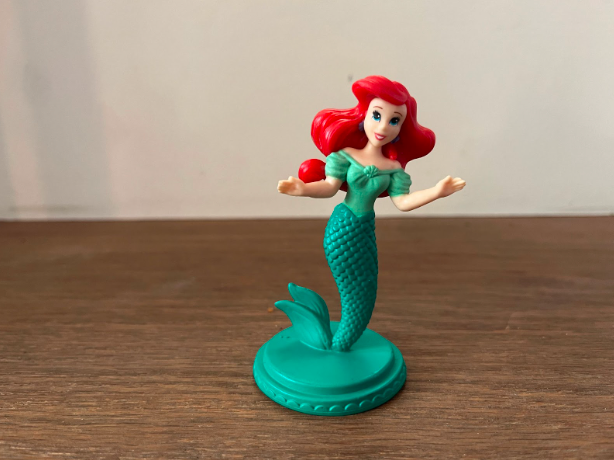
En la nueva versión se mantienen los rizos rojos, pero ahora es interpretada por una actriz afroamericana. Esta decisión de Disney —que se tomó en un proceso de casting no tradicional donde no se limita al personaje a una etnia o color de piel— se consideró un paso importante en la representación de interpretes afroamericanos en roles principales. Dicho proceso siempre ha tenido efectos en la población, no sólo en los Estados Unidos de América (EUA), sino también en lo global.
Debido a que la industria norteamericana del cine es dominante en el mundo, las decisiones de elenco tienen repercusiones en una industria dominada por gente blanca. Un ejemplo de dicho dominio se manifiesta en los pocos actores afroamericanos que han sido nominados para recibir un Oscar. Al respecto, la plataforma Statista señala que el 81% de los miembros de la industria que votan en los oscares son blancos.

De esta manera, el trailer de la Sirenita (Little Mermaid) se sitúa en el torbellino de una disputa entre una versión de la sociedad —hasta ahora dominante– que ahora el status quo y los privilegios que este conlleva. Frente a una sociedad heterogénea que busca romper con los estereotipos raciales y de género. Por lo mismo, no es una disputa sobre las condiciones de producción sino sobre las posiciones de dominación racializadas. Dichas posiciones se disfrazan de “nostalgia” o de “cómo debería ser” según el origen del cuento que es Danés.

De basarnos en uno de los posibles orígenes de la historia, se tendría que considerar a Mami Wata. Una deidad proveniente de África occidental, central y meridional que se desarrolló entre los siglos XV y XX. Este espíritu acuático femenino, mitad pez y mitad humana, es muy respetada, temida y venerada, ya que presenta un equilibrio entre la existencia oscura, divina, misteriosa y angelical.
De esta forma, los comentarios alrededor del trailer nos permiten observar la añoranza por una división entre los diferentes roles sociales al interior de la sociedad norteamericana. Permanece una sociedad segregacionista donde conforme a las “razas” existe una división tanto espacial como sobre las posiciones que ocupan al interior de la sociedad. La cual se reflejaría en la asignación de personajes —más allá de la historia— conforme a su raza.

Es importante no reducir la situación a un conflicto en los “gustos” cinematográficos, sino a visibilizar el enfrentamiento entre una sociedad racial y culturalmente homogénea frente a una sociedad de diversidad racial y culturalmente heterogéneas.
El análisis de los comentarios escritos bajo el trailer en inglés de “The Little Mermaid” nos ofrece una mirada a la disputa sobre la representación del personaje en la película.

El término princesa se encuentra dividido conforme a dos palabras “blanca” (white) y “negra” (black).
Este combate consiste en la disputa por mantener las viejas posiciones por parte de aquellos añoran el status quo encubriendolo en una argumentación falaz que busca mostrar lo inadecuado de representar a Little Mermaid con una mujer afroamericana.
Donde el término Tiana y el término rana (frog) ubicándose cercanos a los términos “negra” (black), “blanca” (white) y princesa (princess) implica la demanda de que los protagonistas afroamericanos sólo protagonicen “sus historias”. Dejando los protagónicos “blancos” para personajes presuntamente blancos.
Por lo mismo, la clave del argumento que se muestra en You Tube consiste en la añoranza por una sociedad segregada de facto y donde las “razas” ocupan las posiciones enseñadas por la tradición.
En el caso de Twitter, la tendencia #notmyariel también nos permite observar esta disputa de forma abierta y más clara. Por una parte, volvemos a encontrar a aquellos grupos que añoran volver a una sociedad más dividida. Donde el color de piel y la etnia se encuentren asociados a ciertas posiciones sociales y por lo tanto en garantes del privilegio blanco. Mientras que al mismo tiempo encontramos el desafío de estas “poblaciones diversas” que proponen una sociedad más democrática donde la etnia y el color de piel no constituyan barreras en la vida cotidiana.
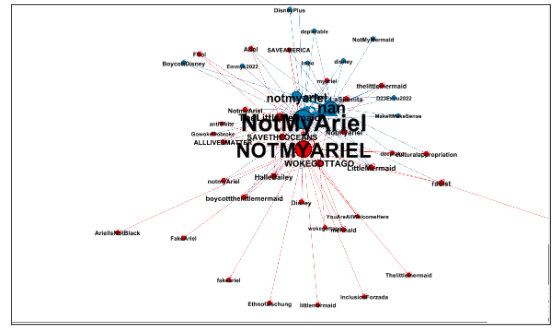
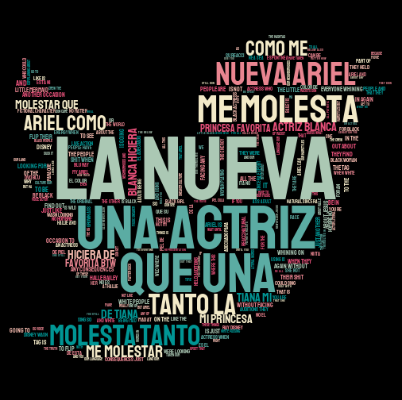
En este espacio menos controlado que los comentarios en la página de YouTube controlada por Disney, el lenguaje de la derecha Trumpista se asoma sin pudor. Así aparecen los #WOKEGOTTAGO, #GOWOKE, #GOBROKE y su contraparte latinoamericana en #INCLUSIÓN FORZADA. Al respecto, cabe recordar que el término WOKE se acuñó al interior de las comunidades afroamericanas para recordar la importancia de señalar el racismo en las expresiones cotidianas o de los medios de comunicación masiva, ahora los grupos de extrema derecho lo han transformado en un término derogatorio al falsamente usarlo como una forma de denunciar un moralismo intolerante. De esta forma, la disputa entre las “dos sociedades” no se restringe a la plataforma de videos sino también podemos observarla en otros espacios socio digitales.
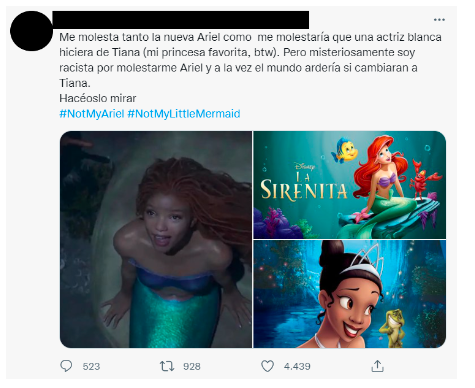
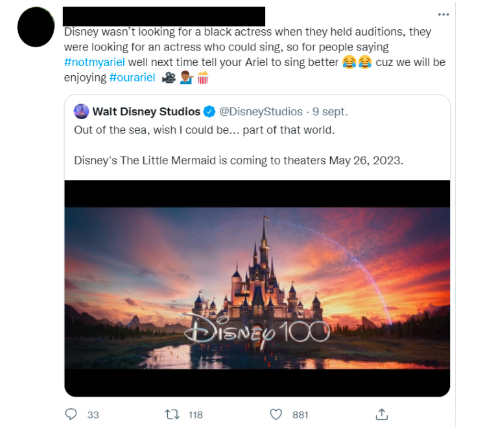
El trailer de la película “La Sirenita” (Little Mermaid) nos ofrece una entrada a las contradicciones culturales durante la modernidad tardía. Una época donde después de los largos años del liberalismo y el incremento de la desigualdad, encontramos la revalorización de las identidades. Por lo mismo, los enfrentamientos se desplazan del ámbito económico y las luchas contra la desigualdad material; hacia el espacio de los enfrentamientos por el control legítimo de la dominación a través de sus pautas culturales. Disputas animadas por la búsqueda de la mirada subyugada del “otro”, elemento indispensable para la constitución de la propia posición jerárquica: añoranza de dominación.
Te puede interesar: Alerta ONU sobre aumento de ataques raciales en EE. UU.: latinos entre los principales objetivos


This publication was supported in whole or in part by funding provided by the State of California, administered by the California State Library.

